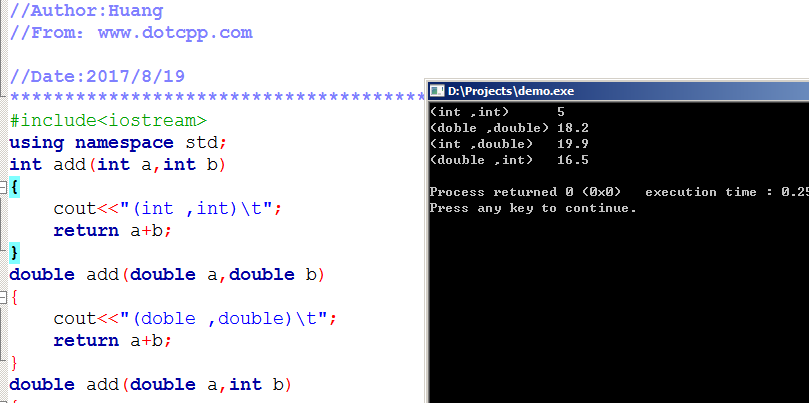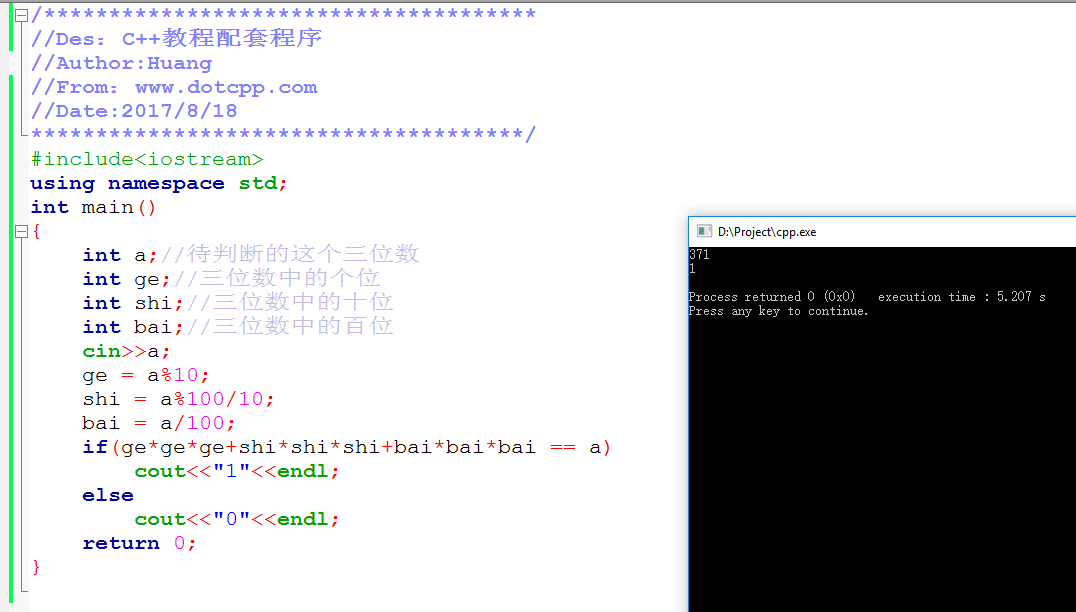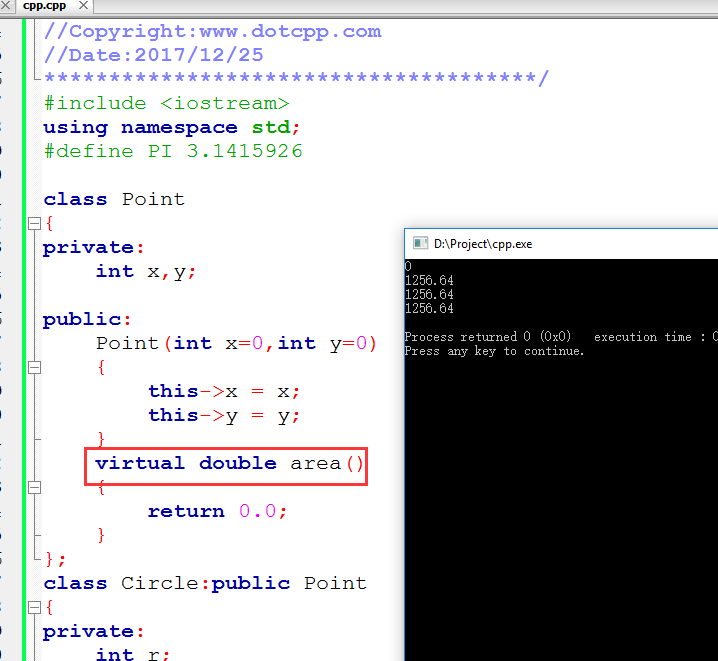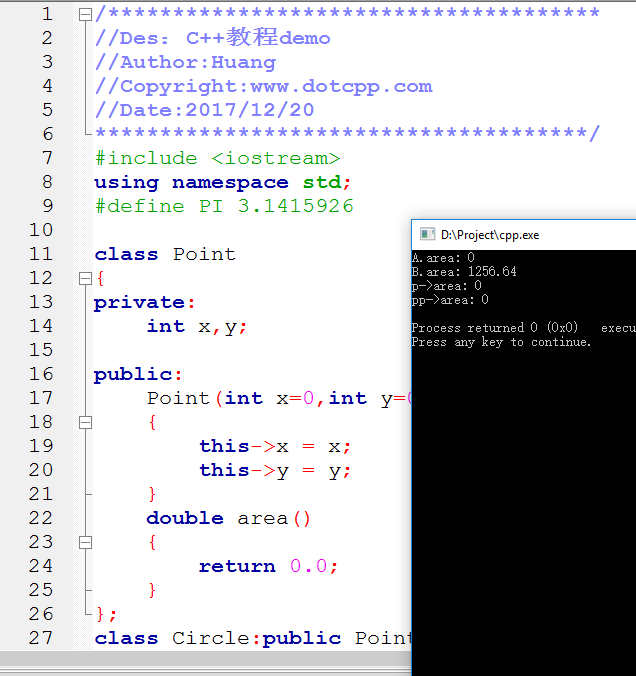C++ function overloading example explanation
Explanation of C++ function overloading examples Function overloading in C++ In actual code writing, sometimes the same functional function may handle different object types, so the function needs to be re-implemented, which will make the code mo
2024-11-06






